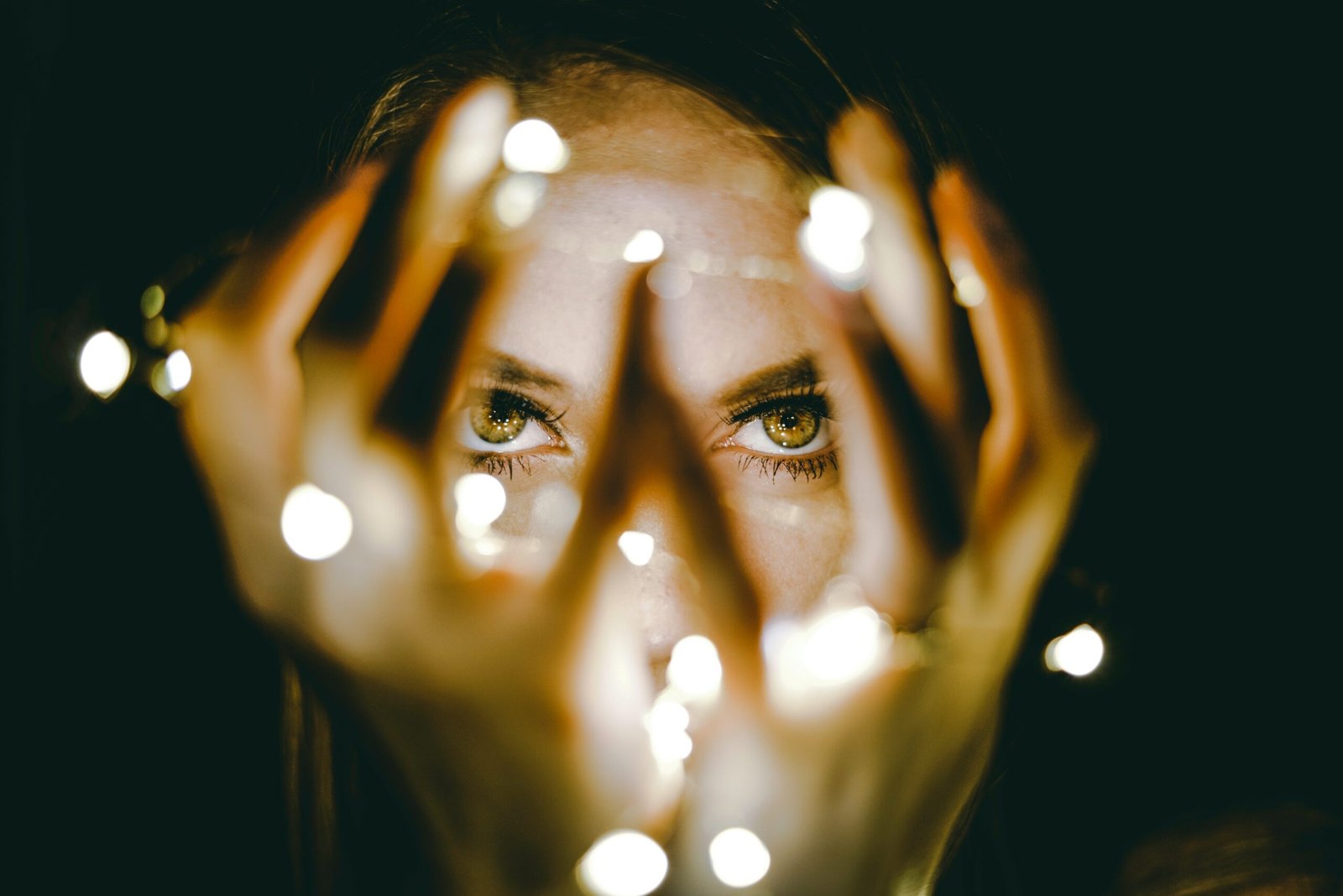Dark circles under the eyes can be a frustrating and stubborn beauty concern for many individuals. While there are numerous products and treatments available in the market, natural remedies can often provide effective and affordable solutions. One such remedy is castor oil, which is known for its nourishing and healing properties. In this article, we will explore four simple ways of using castor oil to fade dark circles. These methods are easy to incorporate into your skincare routine and can help you achieve a more refreshed and youthful appearance.
1. Direct Application
One of the simplest ways to use castor oil for dark circles is by applying it directly to the affected area. Follow these steps:
Step 1: Cleanse your face thoroughly with a gentle cleanser and pat dry.
Step 2: Take a few drops of castor oil on your fingertips.
Step 3: Gently massage the oil under your eyes, focusing on the areas with dark circles.
Step 4: Leave the oil on overnight and rinse off in the morning.
Repeat this process daily for best results. The moisturizing properties of castor oil can help hydrate the delicate skin under your eyes and reduce the appearance of dark circles over time.
2. Castor Oil and Almond Oil Blend
Combining castor oil with almond oil can enhance its effectiveness in fading dark circles. Almond oil is rich in vitamin E, which nourishes the skin and helps reduce pigmentation. Here’s how to create a blend:
Step 1: Mix equal parts of castor oil and almond oil in a small bowl.
Step 2: Apply the mixture to your under-eye area using your fingertips.
Step 3: Gently massage the blend for a few minutes to promote absorption.
Step 4: Leave it on for 30 minutes, then rinse off with lukewarm water.
Repeat this process two to three times a week. The combination of castor oil and almond oil can help lighten dark circles and improve the overall appearance of your under-eye area.
3. Castor Oil and Aloe Vera Gel Mask
Aloe vera gel is known for its soothing and moisturizing properties. When combined with castor oil, it can create a potent mask to fade dark circles. Follow these steps:
Step 1: Mix 1 tablespoon of castor oil with 2 tablespoons of fresh aloe vera gel.
Step 2: Apply the mixture to the under-eye area, ensuring it covers the dark circles.
Step 3: Leave the mask on for 20 minutes.
Step 4: Rinse off with cold water and pat dry.
Use this mask once or twice a week. The combination of castor oil and aloe vera gel can help reduce puffiness, hydrate the skin, and fade dark circles.
4. Castor Oil and Cucumber Juice Compress
Cucumber juice is known for its soothing and cooling properties, making it an excellent ingredient to complement the benefits of castor oil. Here’s how to create a compress:
Step 1: Extract fresh cucumber juice by blending a cucumber and straining the pulp.
Step 2: Mix equal parts of castor oil and cucumber juice in a small bowl.
Step 3: Soak two cotton pads in the mixture and place them over your closed eyes.
Step 4: Relax for 15-20 minutes, allowing the compress to work its magic.
Use this compress twice a week. The combination of castor oil and cucumber juice can help reduce puffiness, soothe the skin, and gradually fade dark circles.
Remember, consistency is key when using natural remedies. It may take time to see significant results, so be patient and incorporate these methods into your skincare routine. Additionally, it’s essential to prioritize overall health, including getting enough sleep, staying hydrated, and maintaining a balanced diet, as these factors can also contribute to the appearance of dark circles.
By utilizing the nourishing and healing properties of castor oil, along with other natural ingredients, you can take a step towards fading those stubborn dark circles and achieving a more youthful and refreshed look.
